The poem composed partly in assonance and partly in blank verse are characteristic of the modernity of the poem but the lack of sophistication and linguistic ambivalences make the poem very much Victorian or at least pre-Modern in its meaning and approach. Interestingly the structure of the poem is very compact which helps make the message of the poem loud and clear. It seems as if the poem is written to be included in the syllabus of school children so that they are saturated with the message of universal brotherhood.
The poem is rich in its images. When the poet mentions that no men are strange and no countries foreign, paradoxically we think of all those people who are strange and all those countries which are foreign. We think of the differences that we have with these people and wonder as to what the poet really means to say and then as the poet elaborates we understand the hidden meaning of the line that what differences we see is only of the body and appearance and spirit wise and soul wise we are alike. Here we could install a comparison between this poem and a poem by William Blake – The Little Black Boy (Songs of Innocence). In the latter poem Blake too points out the fact that soul wise we all are one. Here of course the colour white has been gloried as the original colour of all souls which do signify (if unconscious) traces of racism. Kirkup, however, steers clear of all such controversies by basing his refrain of unity in terms of the shared natural resources of the earth like sun, wind, water and land. Next important image appears to be the image of the uniform which seems to be a memento of the recently concluded world war which bled the half of the world dry. One of the main reasons behind the world wars was colonial greed which instituted much hatred among the various races in the names of colour and geographical differences. The uniform is the signifier of imperialism which ultimately led to the two destructive wars.
The poet calls for a cease fire and asks to shun the killing of another man only because he wears a different colour of uniform. The diametrically opposite images of ‘peaceful harvest’ and ‘war’s long winter’ are well placed to create a sense of immediate and striking contrast. The images signify the abundance in the times of peace and the scarcity caused due to war. Kirkup seems to remember the gruesome details of the deaths that were caused not due to bullets but due to the lack of food. War not only robs a civilization of its immediate lives but like a cancer keeps feeding on the culture inside, often rearing its ugly head in the form of diseases and famines. We could also point out the haunting images of fields being burnt in wars after bombings. Such images are to be found in the Vietnam War where American forces sought to starve the brave freedom fighters of Vietnam by destroying their crops. In simple metaphors Kirkup, presents to us all the goods and products that we so unconsciously consume with relish and provide ourselves to the foreign countries in the line –
“Their hands are ours and in their lines we read
A labour not different tan our own.”
In our contemporary globalised world of interdependencies and multiculturalism the xenophobia at one level seems to have been done away with but on another level, the hatred of the ‘other’ seems to have become all the more potent not only in the developing nations where the immigrants are constantly competing with the natives for resources but also in the developed nations where the immigrants are asking for their share of wealth and respect. In the light of this statement the poem becomes all the more pertinent but interestingly Kirkup doesn’t present a situation where the cultures clashes within a given boundary but when they are separated by deserts and oceans.
Some online learning platforms provide certifications, while others are designed to simply grow your skills in your personal and professional life. Including Masterclass and Coursera, here are our recommendations for the best online learning platforms you can sign up for today.
The 7 Best Online Learning Platforms of 2022
- Best Overall: Coursera
- Best for Niche Topics: Udemy
- Best for Creative Fields: Skillshare
- Best for Celebrity Lessons: MasterClass
- Best for STEM: EdX
- Best for Career Building: Udacity
- Best for Data Learning: Pluralsight

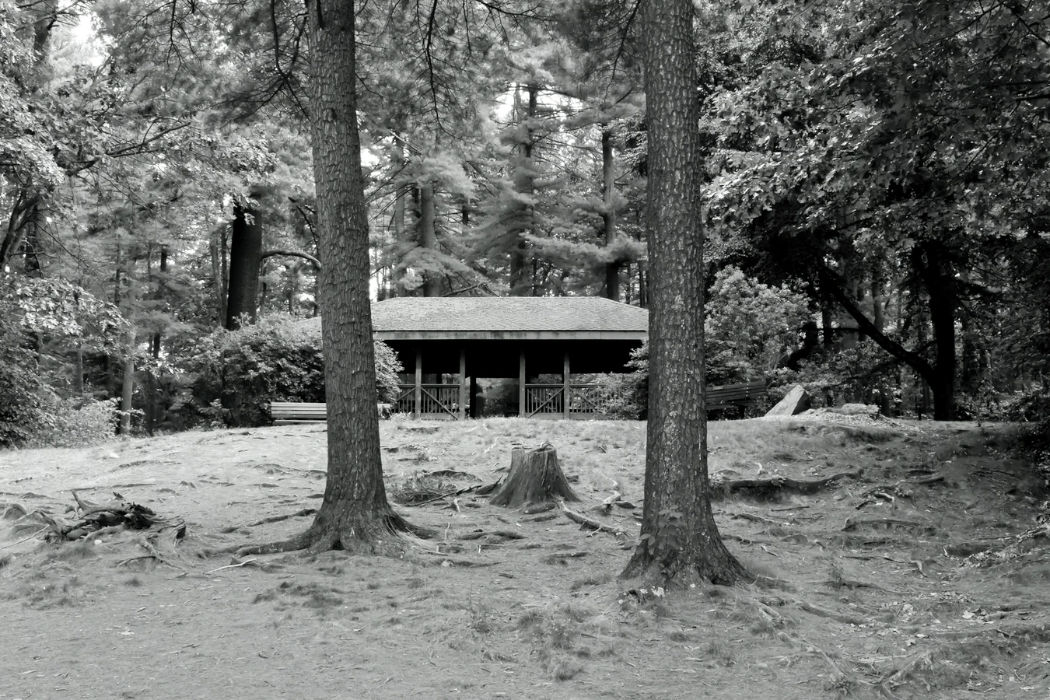




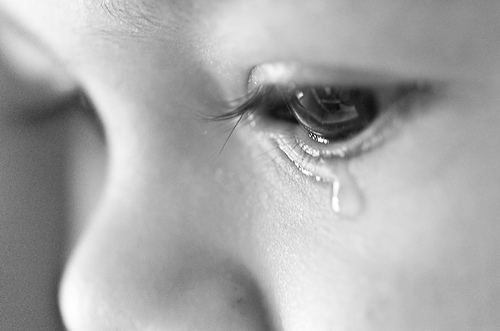
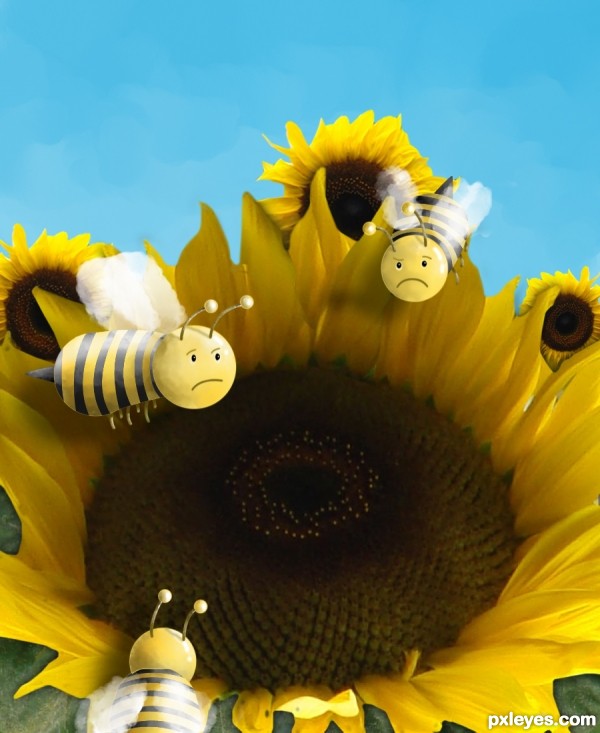
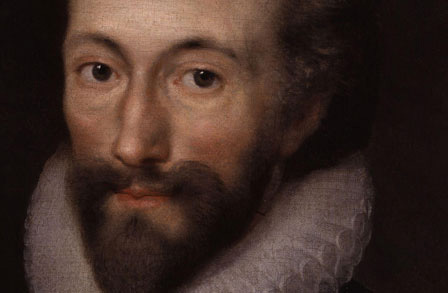
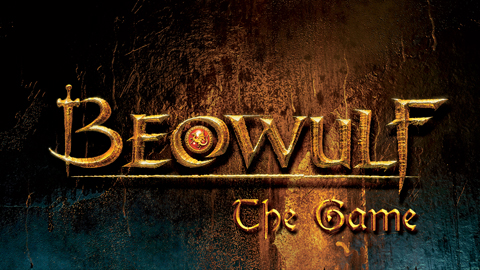

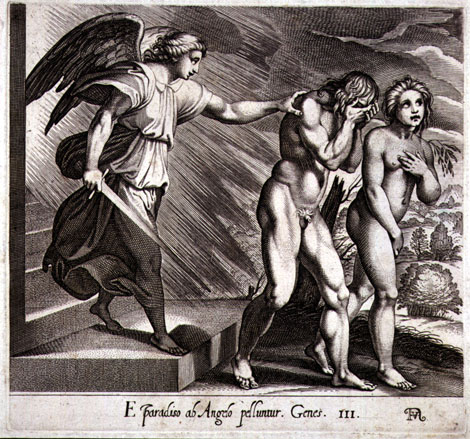





I am a school teacher. I like to be well prepared before my lecture. Your explanation has helped me a lot of getting various types of ideas. Thank you
u r welcome and i am happy to help.
This summary has really helped me to understand the poem better.im a an english teacher teaching for classes 8th and 9th
Just i read this discription and feels relax nice writing u written thanks.
This is helpful to me to teach
Much helped by the summary , the idea which extends a better understanding, m english teacher teaching 9th n 10th standard . Thank you
It helps me alot in learning more points…im a student
I am a student i read this summary and found great relaxsation
Piece of good informations. it’s really helpful! thanks for such a mind blowing summary.
Superb very useful
Really nice to read and prepare for class.
Really best effort to make it easier.
Being a professional English teacher, I am much pleased to have a look on ur views ,Dear.It was helpful to a great extent and I convey my thanks to ur gudness.
I’m a student and it helped me a lot
Marvellous, Sir Chakraborty!
But I can’t connect or agree with your explanation of “Their hands are ours, and in their lines, we read a labour not different from our own”…
Say how could its meaning be the “goods and commodities we unconsciously relish and… “??
Don’t get me wrong, I just want clearer concept than that if that’s possible…
Thanks!
First, I did not hint that “Their hands are ours, and in their lines, we read a labour not different from our own” directly means “goods and commodities we unconsciously relish and”. Second, in a global economy the labour of one country becomes the product of another and vice versa, hence the line. Labour is a synechdoche of labour, the rest you can figure out….